NEWS
Shots Fired: The Boldest Moves to Rein in America’s Firearms
Published
9 months agoon

Shutterstock
Gun violence in the United States has reached a boiling point, igniting fierce debates and legislative battles across the nation. High-profile mass shootings and daily firearm-related incidents have forced policymakers to confront the urgent need for stricter gun regulations. While some Americans demand stronger laws to ensure public safety, others fiercely defend their Second Amendment rights. This clash has created a highly charged atmosphere, with each side determined to shape the future of gun control in the U.S.
The Brady Handgun Violence Prevention Act
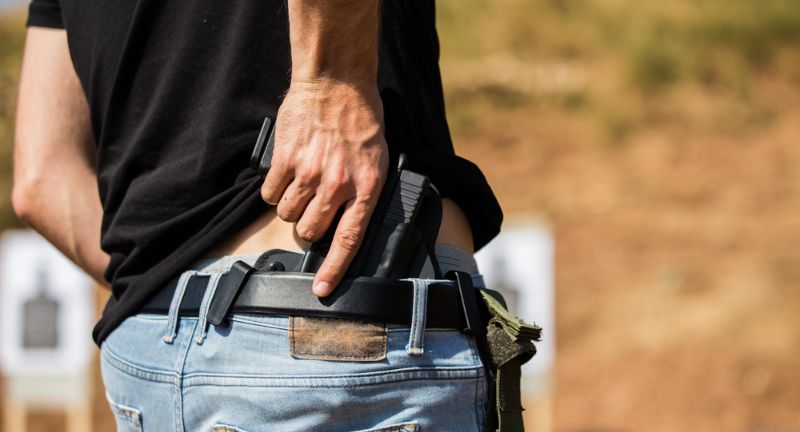
Shutterstock
The Brady Act, enacted in 1993, mandated federal background checks on firearm purchasers in the United States and imposed a five-day waiting period for handgun purchases. Named after James Brady, who was injured during an assassination attempt on President Reagan, the act aimed to prevent firearms from falling into the wrong hands. Critics argue that the law infringes on Second Amendment rights and creates unnecessary hurdles for law-abiding citizens. Supporters, however, see it as a crucial step in reducing gun violence and enhancing public safety.
The Federal Assault Weapons Ban
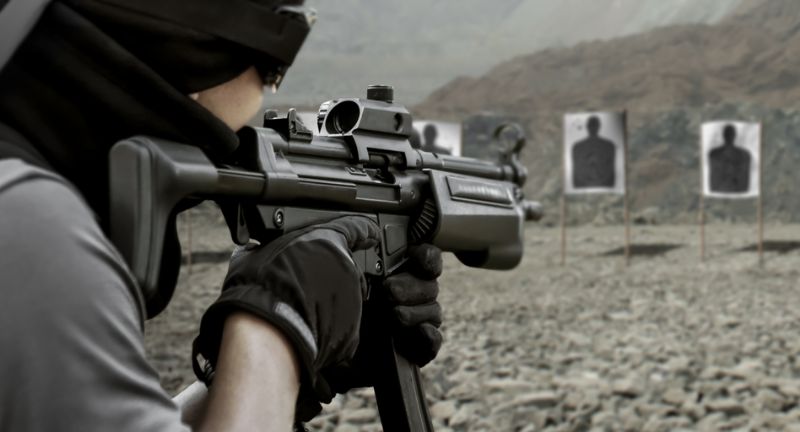
Shutterstock
The Federal Assault Weapons Ban, which lasted from 1994 to 2004, prohibited the manufacture and sale of certain semi-automatic firearms defined as assault weapons. The ban was a response to increasing mass shootings and was intended to reduce the lethality of such incidents. Opponents argued that the ban was ineffective and infringed upon gun owners’ rights, citing a lack of clear evidence that it significantly reduced crime. Proponents believed it was a necessary measure to limit the availability of military-style weapons to civilians.
The National Instant Criminal Background Check System (NICS)
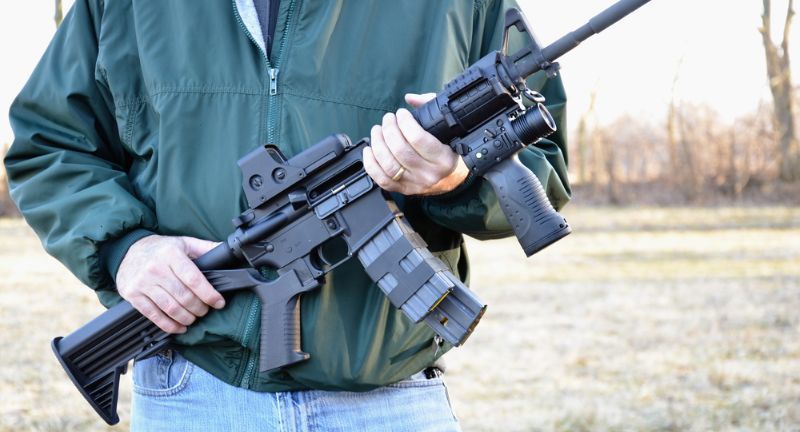
Shutterstock
Implemented in 1998, NICS is an FBI system used to perform background checks on individuals purchasing firearms from federally licensed dealers. This system aims to prevent firearms sales to prohibited individuals, such as convicted felons and those with a history of mental illness. While NICS is hailed as a critical tool for enhancing gun safety, it has faced criticism for not being comprehensive enough, as private sales and certain loopholes allow some individuals to bypass the checks. Despite these criticisms, NICS is seen as a fundamental part of the federal effort to regulate gun sales.
State-Level Gun Control Measures
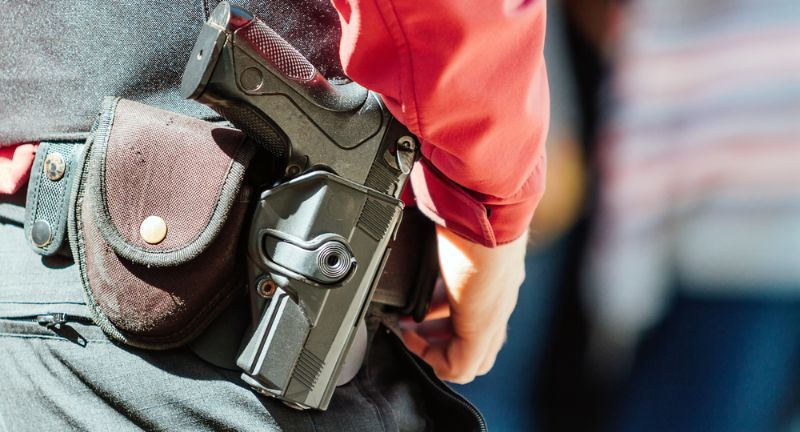
Shutterstock
Various states have implemented their own gun control measures, ranging from universal background checks to assault weapon bans and red flag laws. States like California and New York have some of the strictest gun laws in the country, often serving as models for other states. Critics argue that these measures can infringe on constitutional rights and create a patchwork of regulations that can be confusing for gun owners. Supporters contend that state-level initiatives are essential for addressing specific local concerns and protecting public safety.
Red Flag Laws
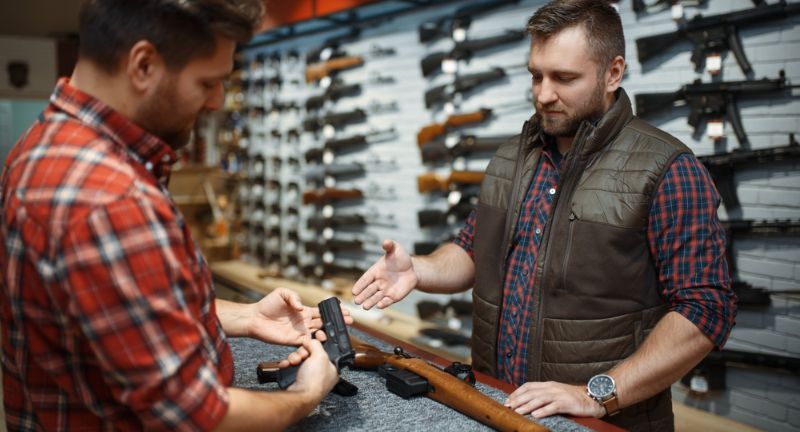
Shutterstock
Red flag laws, also known as Extreme Risk Protection Orders (ERPOs), allow law enforcement or family members to petition a court to temporarily remove firearms from individuals deemed to be a threat to themselves or others. These laws aim to prevent potential tragedies by intervening before violent acts occur. Critics argue that red flag laws violate due process rights and can be misused. Supporters view them as a proactive approach to preventing gun violence and saving lives.
The Dickey Amendment
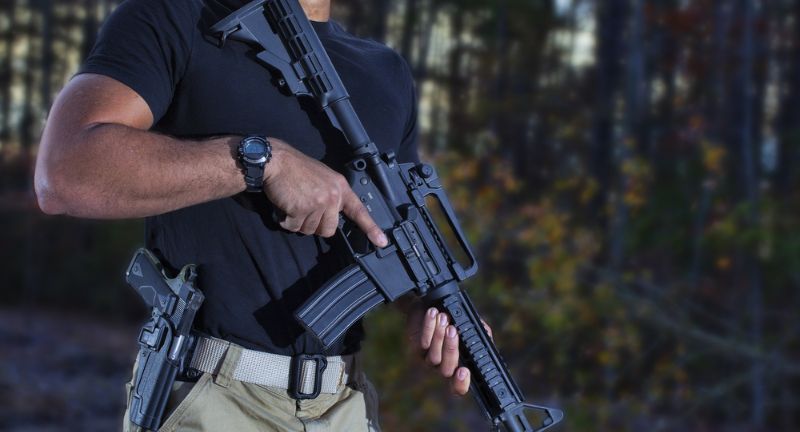
Shutterstock
Passed in 1996, the Dickey Amendment prohibited the use of federal funds to advocate or promote gun control, effectively limiting the Centers for Disease Control and Prevention (CDC) from researching gun violence as a public health issue. This has been a major point of contention, with critics claiming it hinders essential research needed to address gun violence effectively. Supporters argue that it prevents biased, anti-gun research from influencing policy. Recent years have seen calls to repeal or amend this provision to allow for more comprehensive research into gun violence.
The Concealed Carry Reciprocity Act
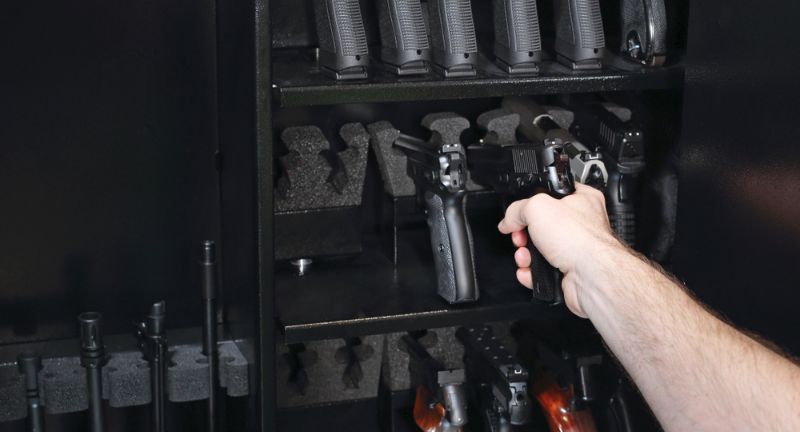
Shutterstock
The Concealed Carry Reciprocity Act seeks to allow individuals with concealed carry permits from one state to carry their firearms in other states with similar laws. This proposed legislation aims to simplify the patchwork of state laws governing concealed carry. Critics argue it undermines states’ rights to set their own regulations and could lead to less stringent standards nationwide. Proponents believe it protects the rights of lawful gun owners and ensures their ability to defend themselves while traveling.
The Parkland Shooting and Its Aftermath
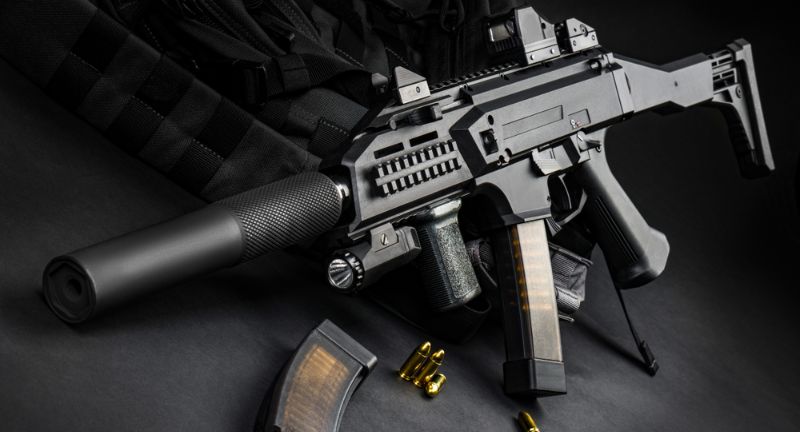
Shutterstock
The 2018 mass shooting at Marjory Stoneman Douglas High School in Parkland, Florida, reignited the national debate on gun control. In response, Florida passed significant gun legislation, including raising the minimum age for firearm purchases and implementing a waiting period. Critics argue that these measures are reactionary and punish law-abiding gun owners. Advocates believe they are necessary steps to prevent future tragedies and protect students.
Bump Stock Ban
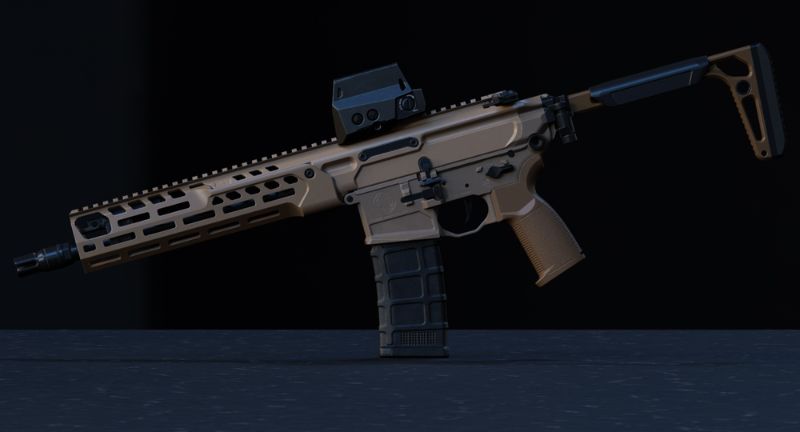
Shutterstock
In the wake of the 2017 Las Vegas shooting, where a gunman used bump stocks to increase the firing rate of his semi-automatic rifles, the Trump administration moved to ban these devices. The ban, implemented in 2018, classified bump stocks as machine guns, making them illegal under federal law. Critics argue that the ban is an overreach and penalizes accessory ownership without addressing the root causes of gun violence. Supporters see it as a necessary measure to prevent future mass shootings involving such devices.
Universal Background Checks
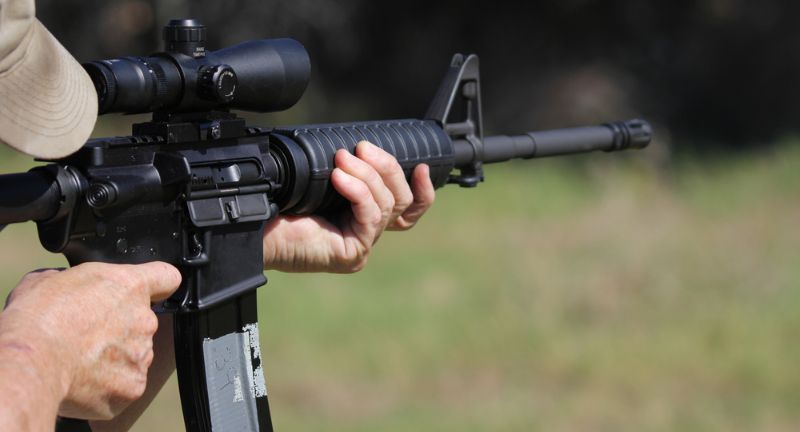
Shutterstock
Universal background checks have been a central component of proposed federal gun control legislation, aiming to close loopholes that allow private sales without background checks. This measure is designed to ensure that all gun buyers undergo the same scrutiny, regardless of where they purchase their firearms. Critics argue that it would be ineffective and burdensome for lawful gun owners, potentially leading to a de facto gun registry. Proponents argue that it is a common-sense approach to keeping firearms out of the hands of dangerous individuals.
Gun Buyback Programs
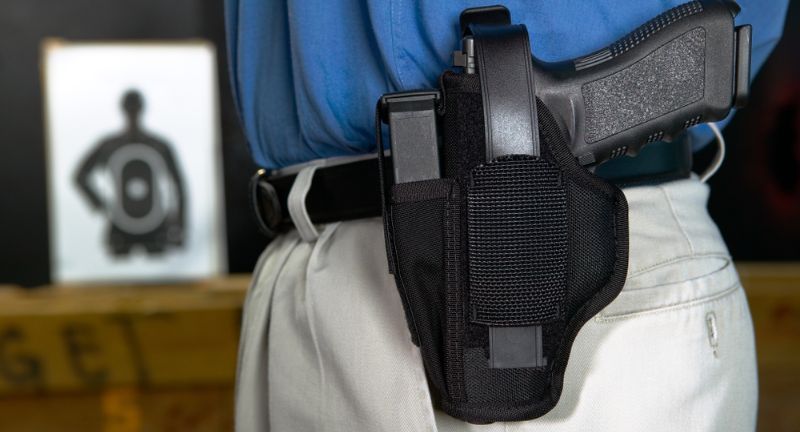
Shutterstock
Gun buyback programs are voluntary initiatives where individuals can surrender firearms to authorities in exchange for compensation. These programs aim to reduce the number of firearms in circulation and lower the risk of gun violence. Critics claim that buybacks are largely symbolic and do not significantly impact crime rates or target the guns most likely to be used in criminal activities. Supporters argue that every gun removed from circulation contributes to public safety and can prevent potential violence.
The Role of the NRA
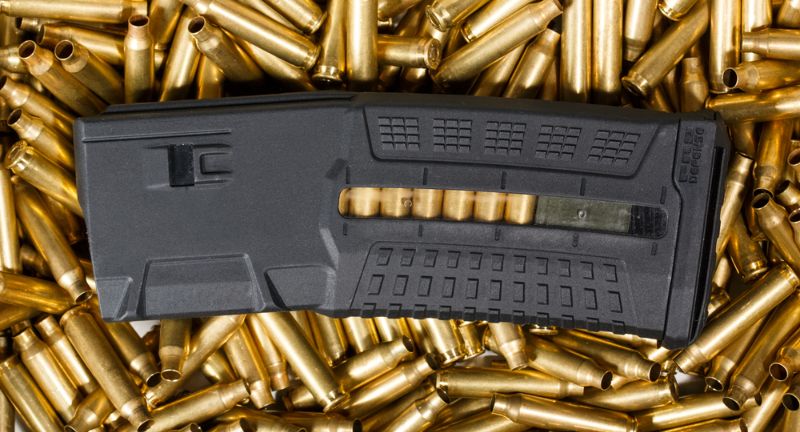
Shutterstock
The National Rifle Association (NRA) has been a significant force in the debate over gun regulation in the U.S., advocating for gun rights and opposing many proposed gun control measures. The NRA’s influence extends to lobbying efforts, political endorsements, and public campaigns. Critics accuse the organization of prioritizing gun manufacturers’ profits over public safety and obstructing meaningful gun control legislation. The NRA maintains that it is protecting constitutional rights and promoting responsible gun ownership.
Grassroots Movements for Gun Control
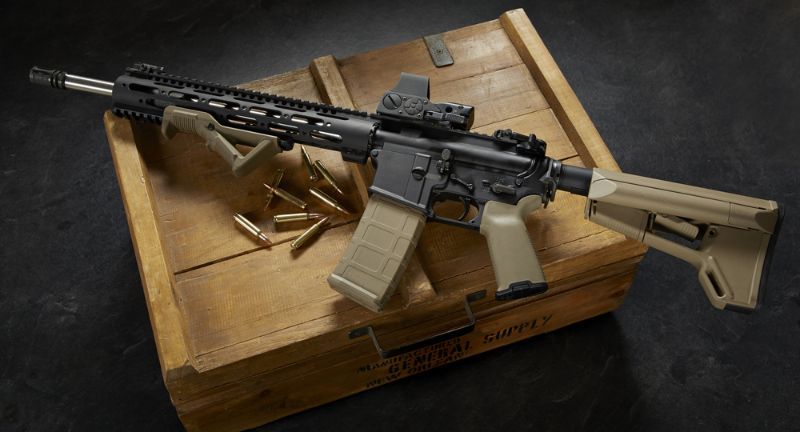
Shutterstock
Grassroots movements, such as March for Our Lives and Moms Demand Action, have played a critical role in pushing for stricter gun control laws. These organizations, often founded by survivors and concerned citizens, work to raise awareness, advocate for policy changes, and mobilize communities. Critics argue that these movements can be overly emotional and lack a comprehensive understanding of gun rights. Supporters see them as essential voices in the fight to protect communities from gun violence and bring about lasting change.
Conclusion
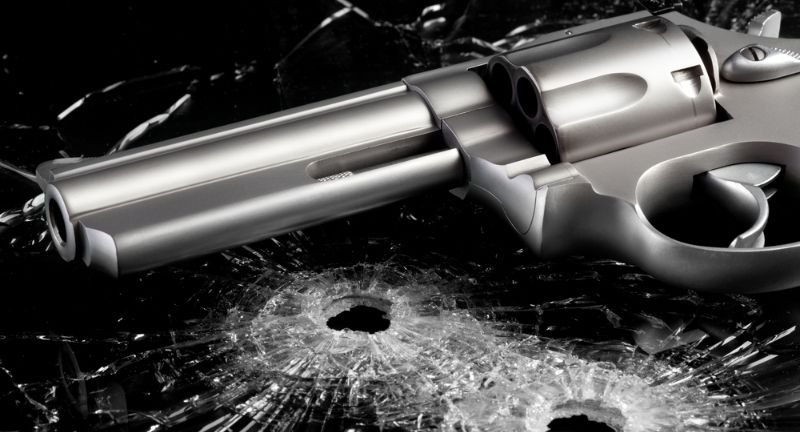
Shutterstock
The push to regulate firearms in the United States is a complex and multifaceted issue, reflecting the nation’s deep divisions and the ongoing struggle to balance safety with individual freedoms. While significant progress has been made through various legislative efforts, the debate is far from settled. Each measure faces its own set of challenges and criticisms, highlighting the need for ongoing dialogue and compromise. Ultimately, the goal remains to create a safer society while respecting the constitutional rights of its citizens.
More From Body Cams+
-


Thousands Show Up to Protest in Front of the Supreme…
-


Multiple Fights Break Out With Alleged Parental Involvement at Tucson…
-


Fugitives Casey White & Vicky White Crash Scene and Related…
-


5 suspects each with a gun fired multiple shots hitting…
-


16 Explosive Truths Behind America’s Gun Rights Battle
-


Austin Police Make Arrests at Pro-Choice Rally
-


ODOT Statement and Aftermath Video – Dump Truck Hits ODOT…
-


17 Gun Myths Americans Swallow Hook, Line, and Sinker
-


Drone Footage of a Train Derailment in Scotland
-


Officers Apprehend Suspect in Hit and Run in Paterson, New…
-


17 Firearms That Will Terrify Any Home Intruder
-


Irvine PD in California Catches Burglar Whose Vehicle Resembled Something…
